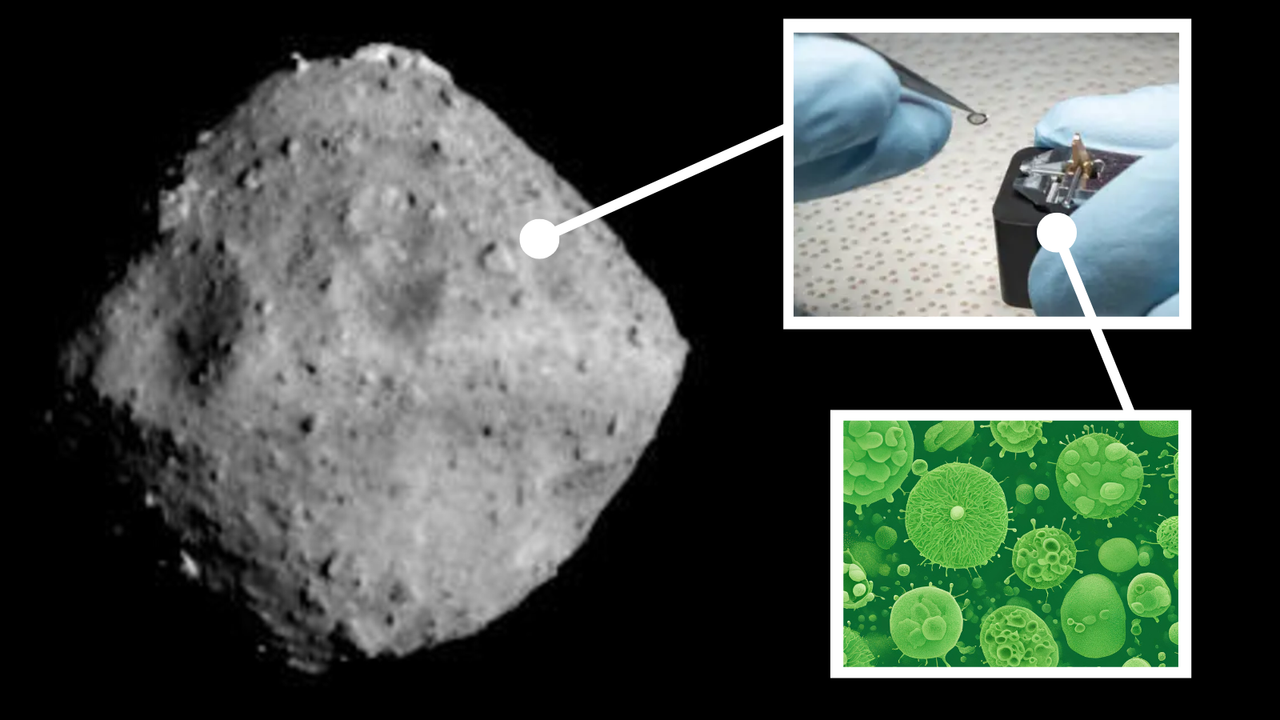The secret ingredient in a snake antivenom? Llamas.
PositiveScience

Researchers have discovered that llama antibodies could be the key to developing effective antivenoms for some of the world's most dangerous snake venoms. This breakthrough is significant because it opens up new avenues for treating snake bites, which can be life-threatening. By harnessing the unique properties of llama antibodies, scientists hope to create more efficient and accessible treatments, potentially saving countless lives in regions where snake bites are prevalent.
— Curated by the World Pulse Now AI Editorial System












